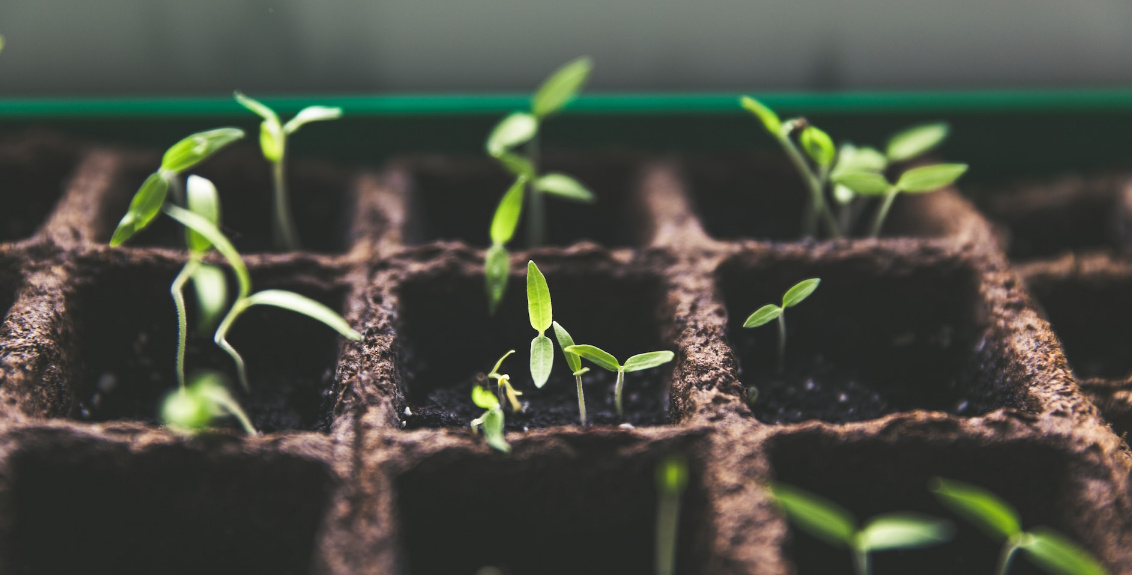Having a kitchen garden at home might be a useful improvement. This article will outline the steps homeowners can take to set it up in their houses, using the space that is available.
Many urban inhabitants are keen to grow their own veggies at home in order to consume organic and healthy meals. Homeowners are utilizing balconies and window ledges to fit little kitchen gardens.
6 Easy Steps to Set Up a Kitchen Garden
The steps given below will help you set up your own kitchen garden.
1. Find the right place for your kitchen garden
Choose a site that receives at least four to five hours of direct sunlight when establishing a kitchen garden at home (on a window sill, balcony, terrace, or outside). Grow items on walls, fences, and trellises in a sunny area to maximize vertical and horizontal space. If you wish to grow vegetables on the window grill, ensure that it is strong enough to handle the weight. Always keep in mind that moistened plants and containers weigh more.
2. Choose nutrient-rich soil
Get the correct soil mix for a flourishing kitchen garden because the nutrients in the soil affect how healthily the vegetables and fruits will grow. Compost, coir peat, and natural manure should be added to the nursery soil in addition to the usual soil. Cow dung is another option. The coconut husk-derived coco peat is crucial for controlling soil temperature and moisture retention.
3. Select suitable planters or raised beds
A little area is needed for kitchen gardening. Along with raised beds and the ground, you may grow a kitchen garden in containers. Greens can be grown in small pots or hanging baskets, unlike tomatoes, potatoes, ginger, and brinjal, which need a huge container. Vegetables grown in pots have the benefit of being placed where they will receive the most sunshine, which is advantageous if you have a small amount of room.
Carrots, herbs, peppers, potatoes, radishes, salad greens, and spinach are all easily grown in pots. Make sure the containers you choose are the right size for the plants you intend to grow; for instance, potatoes require a deeper pot than coriander. If the native soil is poor or has poor drainage, raised bed gardening is an excellent approach to cultivating vegetables because one may fill the bed with high-quality soil.
4. Start your kitchen garden with micro-greens
Always start your kitchen garden with a herb or microgreen and plenty of leaves for a balanced salad. Nutritious micro-greens can be grown, including wheatgrass, radish, fenugreek, beetroot, and spinach. In fewer than 14 days after germination, edible vegetables and herbs are harvested as micro-greens. They are nutrient-rich and have a pleasant taste.
5. Expand your garden with vegetables
Expanding a kitchen garden with vegetables is a great way to enjoy fresh produce right from your backyard. You can start by choosing the vegetables you want to grow. Some popular vegetables that are easy to grow in a kitchen garden include carrots, tomatoes, cucumbers, beans, peas, lettuce, spinach, and radishes. Once you have selected your vegetables, you can prepare the soil and plant your seeds. With proper care and maintenance, your kitchen garden will soon be thriving with fresh produce that you can enjoy all year round.
6. Properly water the vegetable garden
For the kitchen garden in your home, always use a watering can with a mild sprinkler. Although plants need to be watered often, an excessive amount of water can damage them and wash away soil nutrients. In the summer, water the plants twice, and in the monsoon, water them once every other day. To make sure the plant is receiving the proper amount of water, test the soil’s moisture by pressing on it with your fingers. After a downpour, amend the soil with manure to prevent the nutrients from being washed away by too much precipitation. The plant suffers from too much water since the roots are prone to shrivel up and die.
6 Easy Steps to Set Up a Kitchen Garden – Wrapping Up
Urban farming or organic kitchen gardening not only provides fresh, pesticide-free food to homeowners, but the activity itself has therapeutic benefits. The fresh, healthy vegetables that may be grown in a kitchen garden at home without the use of harmful pesticides are its key benefits. The benefit of kitchen gardening is that it helps the environment by reducing the amount of waste that is disposed of in landfills.



